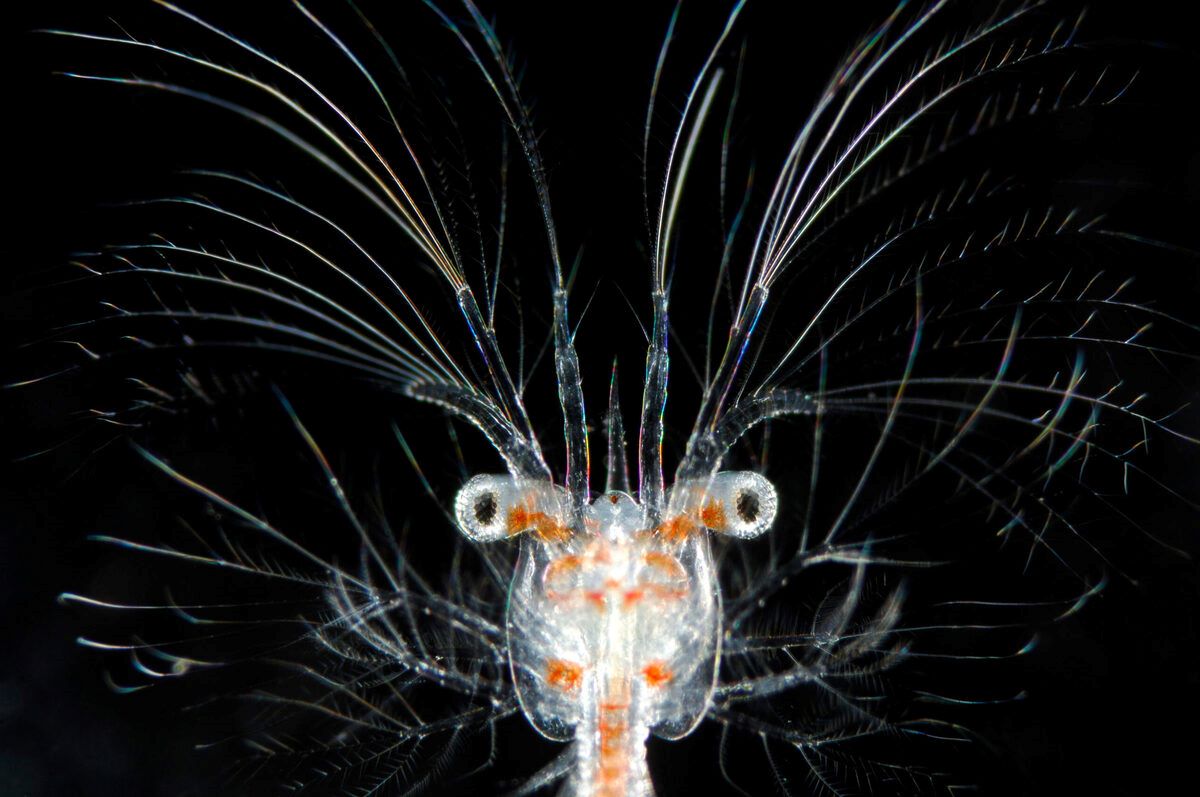Lost Lights: Hidden Photophore Displays Of Deep Sea Creatures

Have you ever wondered what lies beneath the ocean's surface? Deep sea creatures have a special way of lighting up their dark world. These hidden photophore displays are like nature's own light show. Photophores are tiny organs that produce light, helping these creatures survive in the deep sea. Some use them to attract prey, while others use them to find mates or scare off predators. Imagine swimming in total darkness, then suddenly seeing a flash of light from a fish or jellyfish. It's like a secret language of the ocean. Let's dive deeper into the mysterious world of these glowing wonders.
The Enigmatic World of Deep Sea Creatures
The deep sea is a mysterious place, home to creatures that seem straight out of a science fiction movie. These animals have adapted to the dark, high-pressure environment in fascinating ways. One of the most captivating adaptations is the use of photophores—light-producing organs that help them survive in the abyss.
What Are Photophores?
Photophores are specialized cells that emit light through a chemical reaction. This bioluminescence can serve various purposes, from attracting prey to deterring predators. Let's dive into some of the most intriguing deep-sea creatures that use photophores.
1. Anglerfish
Anglerfish are perhaps the most famous deep-sea dwellers. They use a bioluminescent lure, called an esca, to attract prey. This glowing appendage dangles in front of their mouths, making it easy to snap up unsuspecting fish.
2. Lanternfish
Lanternfish are small but mighty. They have rows of photophores along their bodies, which they use to communicate and camouflage. By matching the light from above, they can become nearly invisible to predators lurking below.
3. Hatchetfish
Hatchetfish have a unique way of using photophores. These fish have light-producing organs on their bellies, which they use for counter-illumination. This technique helps them blend in with the faint light coming from the surface, making it harder for predators to spot them.
4. Deep-Sea Squid
Deep-sea squid are masters of disguise. They can control the intensity and pattern of their bioluminescence to confuse predators. Some species even eject a cloud of glowing ink to create a decoy, allowing them to escape.
5. Dragonfish
Dragonfish are fearsome predators with a trick up their sleeve. They have photophores on their bodies and under their eyes, which they use to hunt. The light helps them spot prey in the dark waters, and their red photophores are invisible to most other deep-sea creatures.
6. Cookiecutter Shark
Cookiecutter sharks are small but dangerous. They use photophores to attract larger fish. When a curious fish comes close, the shark takes a circular bite out of it, leaving a cookie-shaped wound. Their glowing bellies also help them blend in with the light from above, making them hard to detect.
7. Flashlight Fish
Flashlight fish have bioluminescent bacteria living in pockets under their eyes. They can flash these lights on and off to communicate, attract prey, or confuse predators. This unique adaptation makes them one of the most fascinating deep-sea creatures.
8. Pinecone Fish
Pinecone fish have photophores on their lower jaws, which they use to find food and communicate with each other. These lights help them navigate the dark waters and stay in touch with their group, making them more efficient hunters.
9. Firefly Squid
Firefly squid are known for their spectacular light shows. They have photophores on their tentacles and bodies, which they use to attract mates and communicate. During mating season, large groups of firefly squid gather near the surface, creating a mesmerizing display of bioluminescence.
10. Black Dragonfish
Black dragonfish are equipped with photophores that emit red light, which is invisible to most other deep-sea creatures. This allows them to hunt without being seen. They also have bioluminescent barbels that they use to lure prey closer.
11. Atolla Jellyfish
Atolla jellyfish have a unique defense mechanism. When threatened, they produce a stunning display of bioluminescence, creating a "burglar alarm" effect. This sudden burst of light can startle predators and attract even larger animals, giving the jellyfish a chance to escape.
12. Viperfish
Viperfish are among the most terrifying deep-sea predators. They have long, needle-like teeth and photophores along their bodies. These lights help them attract prey and communicate with other viperfish, making them efficient hunters in the dark depths.
13. Gulper Eel
Gulper eels have an enormous mouth and a long, whip-like tail. They use photophores on their tails to attract prey. When an unsuspecting fish comes close, the gulper eel can quickly snap it up with its massive jaws.
14. Deep-Sea Angler
Deep-sea anglers are similar to their shallow-water cousins but have even more impressive bioluminescent adaptations. They use their glowing lures to attract prey in the pitch-black depths, making them formidable hunters.
15. Bioluminescent Octopus
Bioluminescent octopuses are masters of camouflage. They can change the color and pattern of their skin to blend in with their surroundings. Some species also have photophores, which they use to create dazzling light displays, confusing predators and prey alike.
The Magic of Deep Sea Lights
Deep sea creatures use photophores to create stunning light displays. These bioluminescent wonders help them communicate, hunt, and hide in the dark ocean depths. Each species has unique light patterns, making the deep sea a mysterious and beautiful place.
Understanding these light displays can teach us more about marine life and the ocean's ecosystem. Scientists are still discovering new species and learning how these lights work. The deep sea remains one of the least explored places on Earth, full of secrets waiting to be uncovered.
Next time you think about the ocean, remember the hidden lights that shine in its depths. These tiny glowing creatures remind us of the ocean's beauty and the mysteries it holds. The deep sea's light show is a natural wonder, showcasing the incredible diversity of life beneath the waves.

